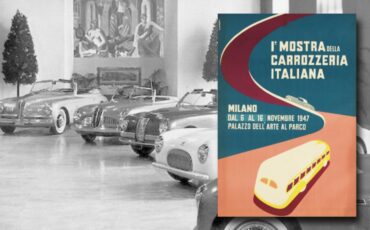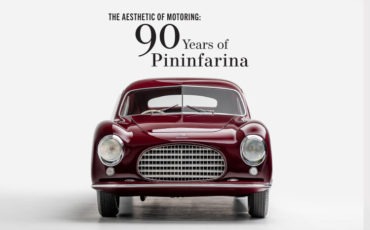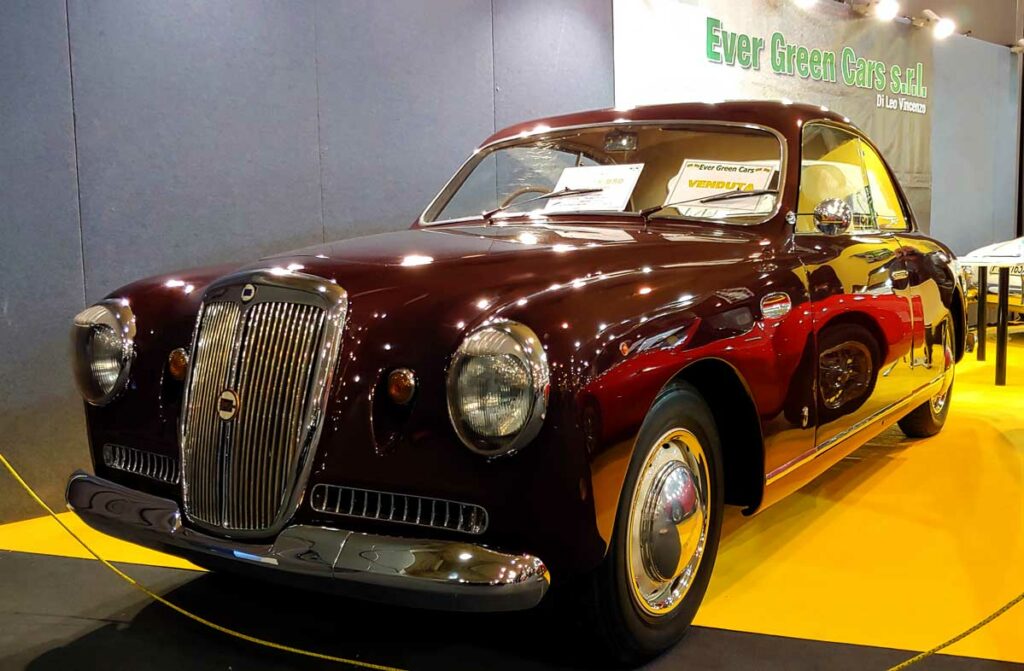
1950 Lancia Aurelia B50 Stabilimenti Farina
Take the construction skills of Stabilimenti Farina and a design by "maestro" Giovanni Michelotti and you get this beautiful Lancia Aurelia B50 coupè built in only 5 specimens (!)
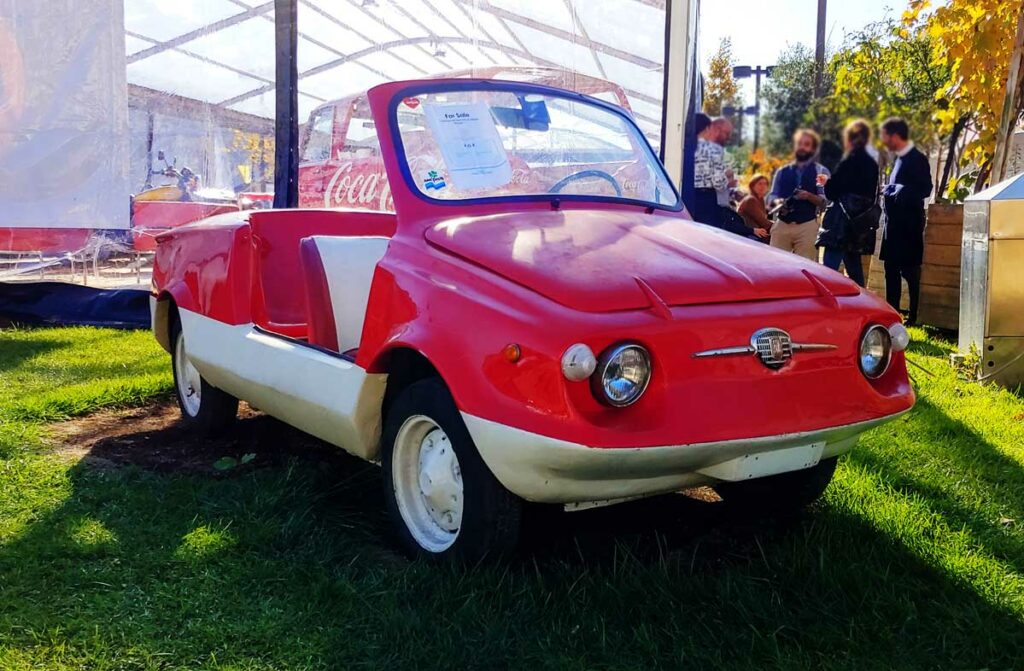
1965 Fiat Decathlon
It was parked outside, unoticed and shy: This prototype made in 1965 is based on a 500 D chassis with fiberglass body made by Carrozzeria Sibona Bassano. It was owned by the Agnelli family who had used it in the summer residence of Villar Perosa.
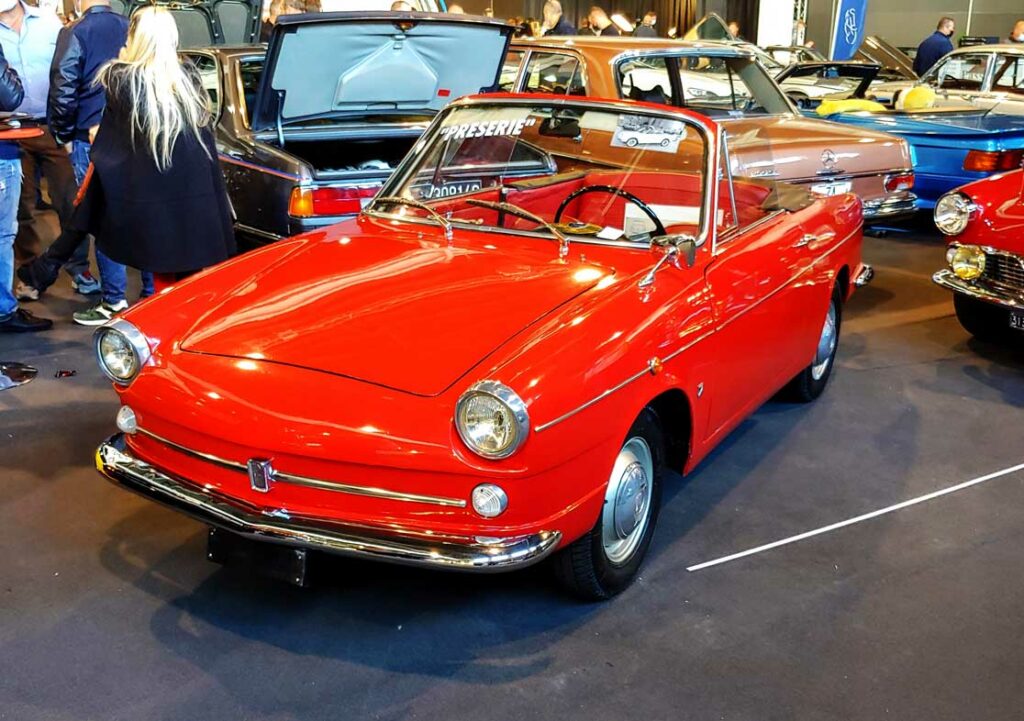
1961 Fiat 600 Spider Moretti
The pretty Fiat 600 D cabriolet designed by Giovanni Michelotti was unveiled by Moretti at the 1961 Turin Auto Show. It was restored losing its white paint in favour of this red color. it was not the only car in this slider which faced this destiny. What a pity...
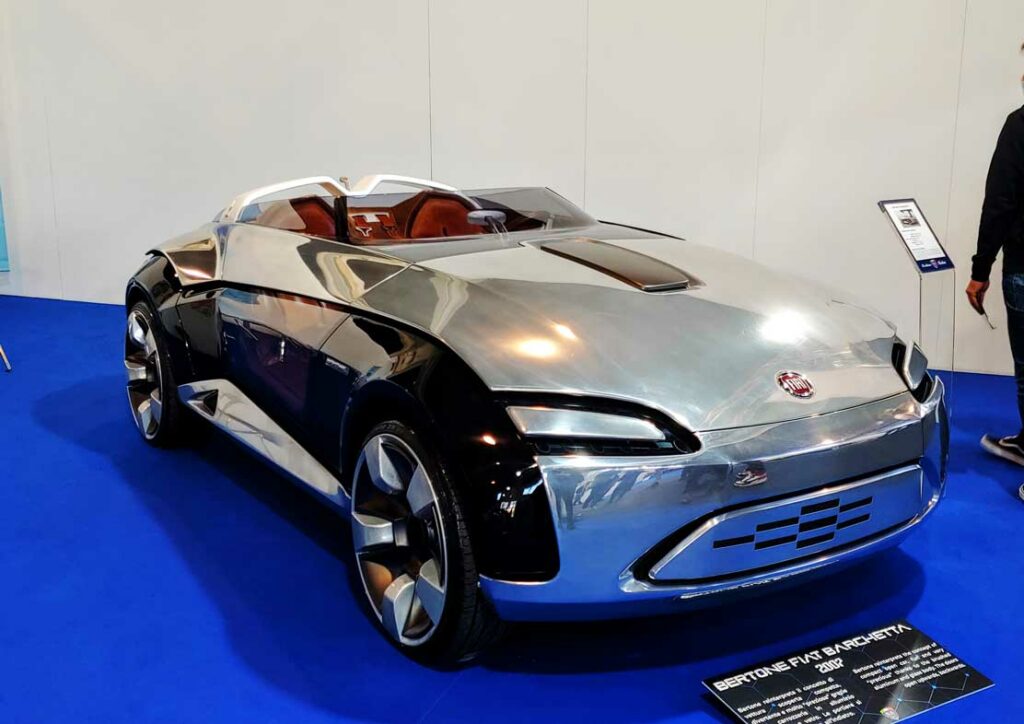
2007 Fiat Barchetta Bertone
In 2007, Bertone released this concept car as proposal for a 2nd generation of the Barchetta. Built to commemorate the 95th anniversary of the famous company, the car was based on the Fiat Panda chassis and featured an aluminum body divided into two sections connected to each other by the glass surface of the doors. It is amazing!

1956 Fiat 1100 TV Printemps
This Fiat 1100 designed by Michelotti was presented by Vignale at the “Contest of Elegance of the Pincio” in Rome in autumn of 1956. The car introduced a lot of analogies with a prototype of Michelotti realized for Ghia and also with the Vignale Cadillac Coupe “Bill Frick”.
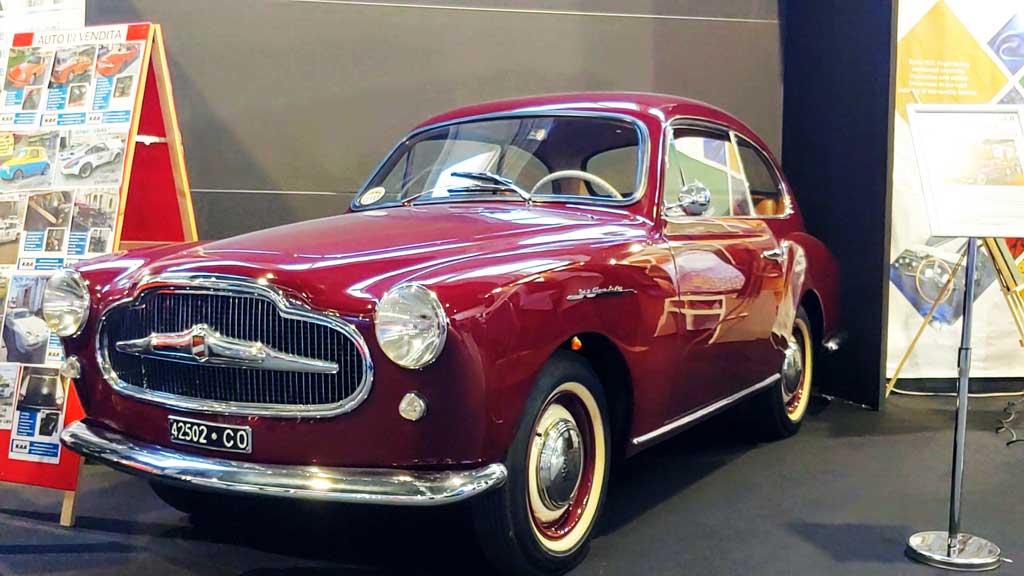
1953 Moretti 750 Alger - Le Cap
This is the last survivor of a 5 units made in pre-series. The “Moretti 750 Alger – Le Cap” was often the subject of publications on automotive history texts and in 1954 it was displayed with full honors, at the Fiat stand at the Turin Motor Show.
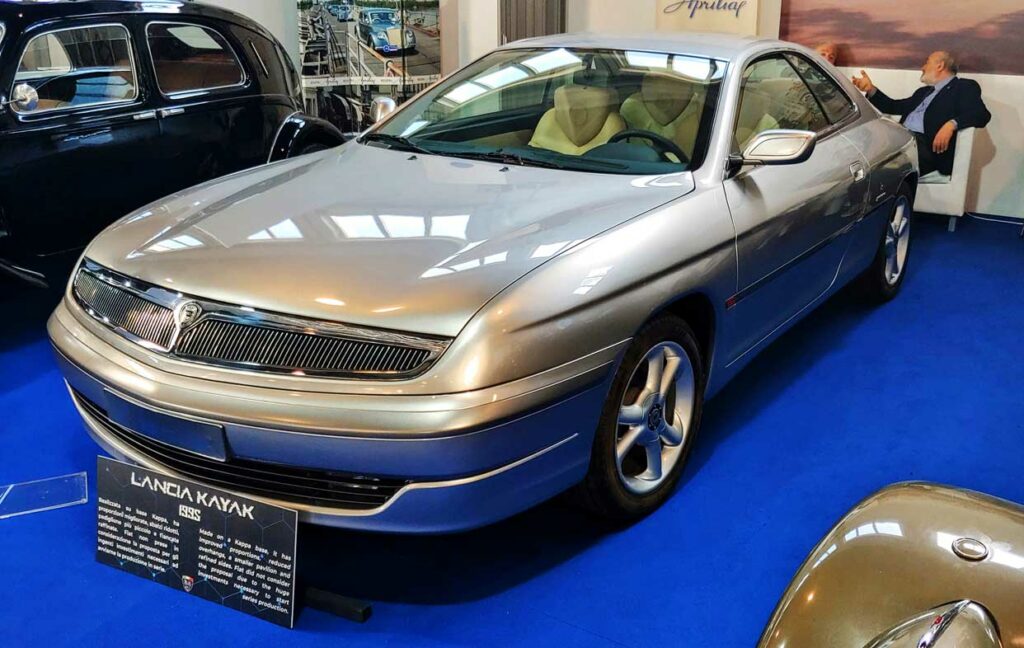
1995 Lancia Kayak
The Kayak, presented for the first time at the 1995 Geneva Motor Show, was a Bertone interpretation of a modern Lancia coupé in line with the traditions of the manufacturer. The car is a modern reworking of the style canons of the Italian coupé, of the great cars of the 1950’s and 1960’s. Its gorgeous!
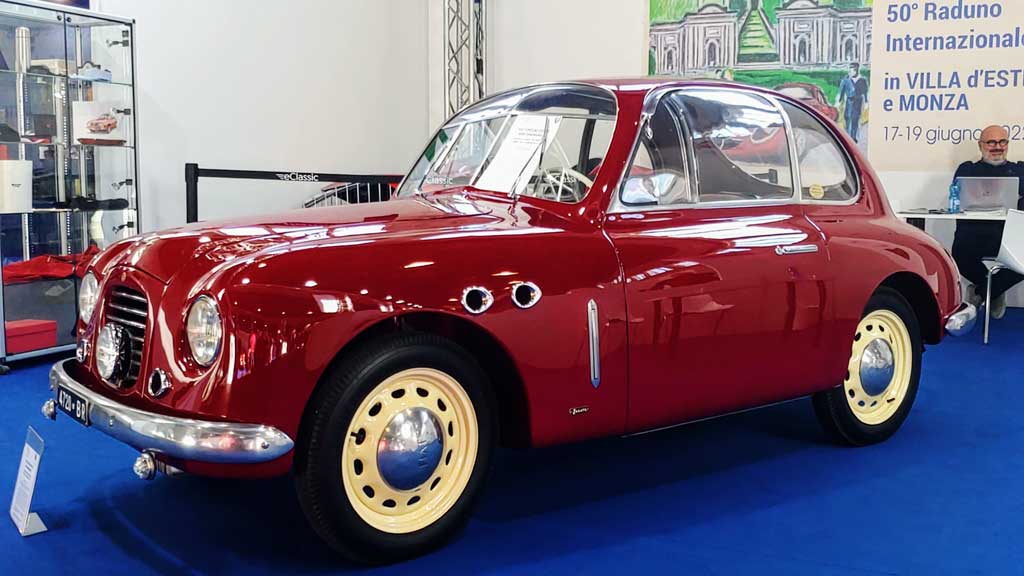
1947 Fiat 500 Panoramica
At the outbreak of the Second World War, Ugo Zagato abandoned his Milanese home and sought refuge on the shores of Lake Maggiore. Here his desire to experiment with new forms led Zagato to create an original automotive concept, the so-called 'Panoramica', destined to mark the rebirth of his coachworks in the post-war period. This is his interpretation on the Topolino chassis.
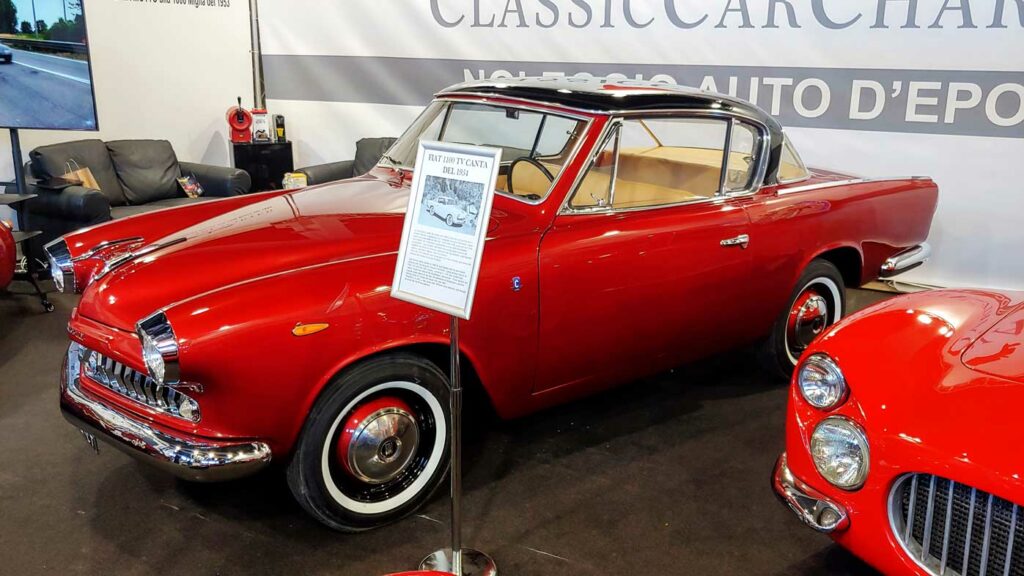
1954 Fiat 1100 TV Canta
The italian Studebaker Commander: Canta asked Michelotti to take inspiration from the american company creating this beautiful coupè, until it got attentions from the Studebaker lawyers forcing Canta to change slightly the design. Also this car, completely restored, was originally painted white.
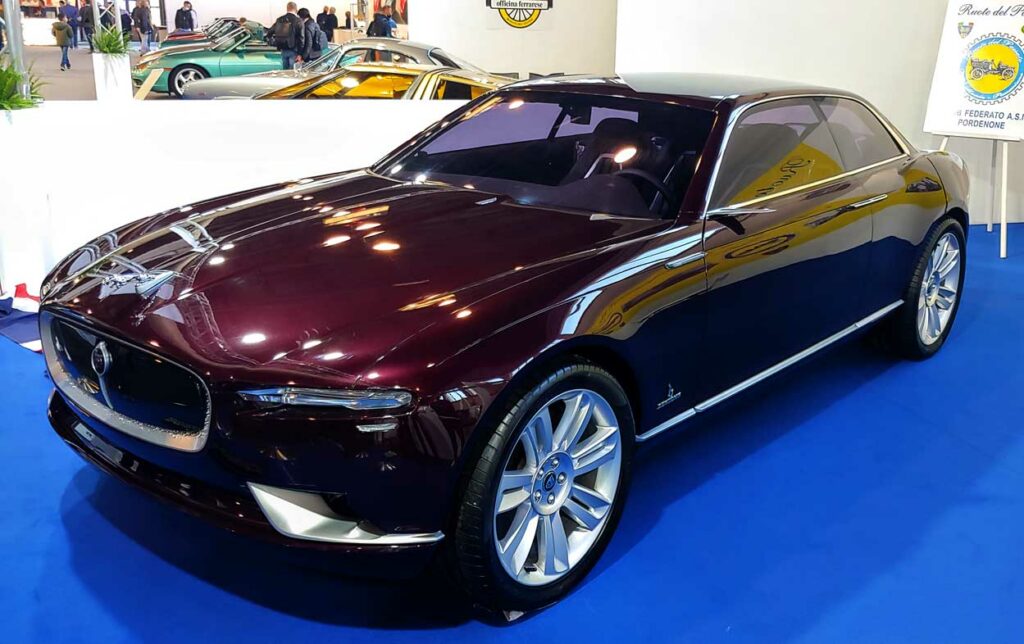
2011 Jaguar B99
What a surprise! The B99 name stands for B for Bertone and 99 for Bertone’s 99th year in operation. It was first shown to the public on the Bertone stand at the 2011 Geneva Motor Show. Gorgeous and spectacular. All the Jag Lovers agree with us: It needed to be mass produced!
After a week from “Auto e Moto d’Epoca Padova” we finally found the time to take stock of the situation. This year’s show was spectacular, full of surprises and more. Among these, certainly part of the Bertone collection. As usual, we have put together a top 10 of prototypes and special bodied cars to share with you. Let us know what you think in the comments.

